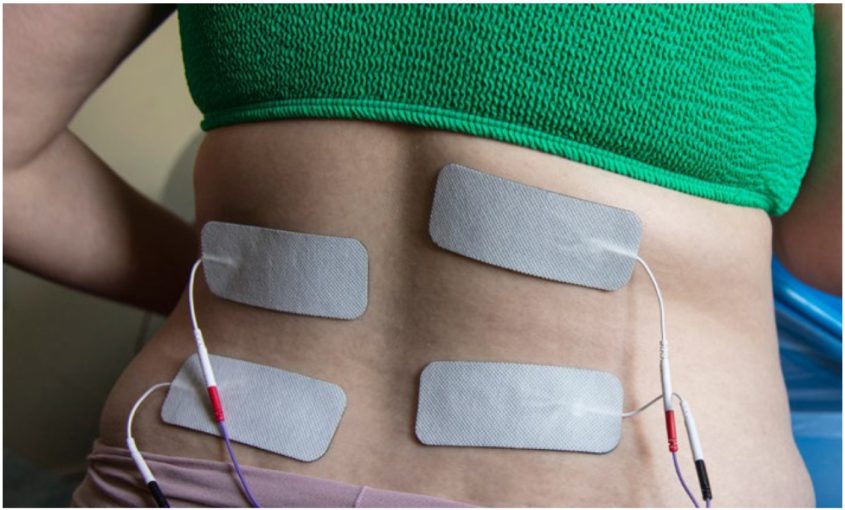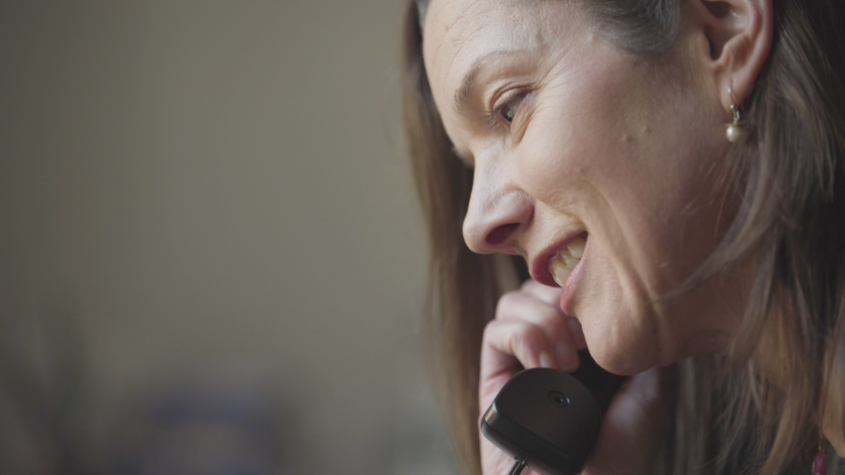Amitriptyline or duloxetine for pancreatic cancer pain
Amitriptyline and duloxetine are usually used to treat depression, but can also be used to relieve nerve pain. You usually take these drugs as tablets or capsules. Amitriptyline also comes as a liquid.
If you get any side effects, tell your doctor or nurse. Amitriptyline can cause constipation, dry mouth, feeling dizzy, feeling tired, problems peeing or headaches. Common side effects of duloxetine include problems sleeping, headaches and feeling dizzy.
Steroids for pancreatic cancer pain
Steroids to help manage cancer pain include dexamethasone and prednisolone. They can help to manage severe pain that needs treating quickly while other pain relief takes effect.
Steroids can be used on their own, or with opioid painkillers. They are given as tablets which should be taken with food, or as a liquid or an injection.
It is important to take steroids exactly as they are prescribed by your doctor. Do not stop taking them without talking to your doctor.
Side effects of steroids
Steroids should only be used for a short time, usually between two and four weeks. This is because they can cause side effects. These include weak legs, a puffy face, indigestion, changes in your mood, confusion, tummy pain or higher blood sugar levels.
Steroids can also damage the stomach lining, so if you are taking them for more than a few days you will usually be given a drug to protect your stomach. Speak to your doctor or nurse if you have side effects, or if you have diabetes.
Treatment for tummy pain
If you have tummy pain, tell your doctor or nurse. They can check to see what is causing it.
Pancreatic enzyme replacement therapy (PERT)
Tummy pain may be caused by problems with digestion. This can be managed with pancreatic enzyme replacement therapy (PERT). This helps your body needs to break down and digest food properly. Most people with pancreatic cancer will need to take PERT.
If you have not been given PERT, speak to your doctor or nurse.


